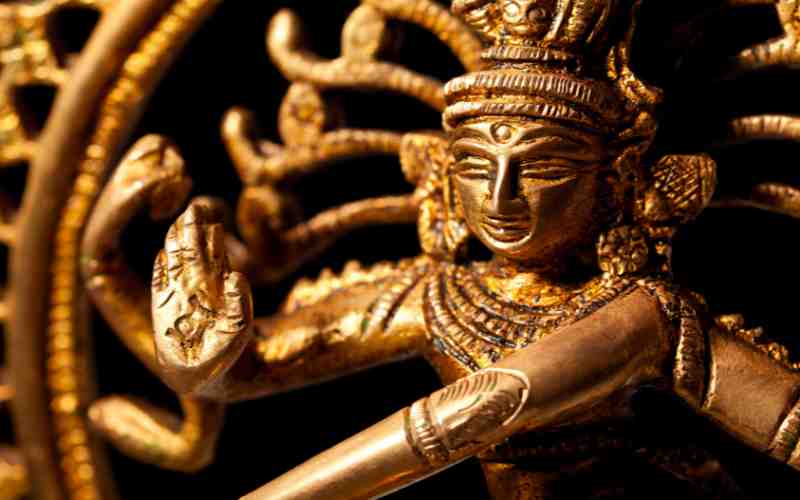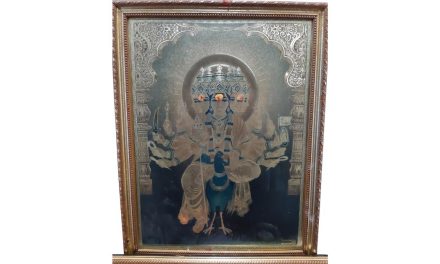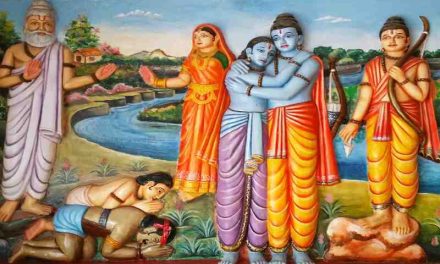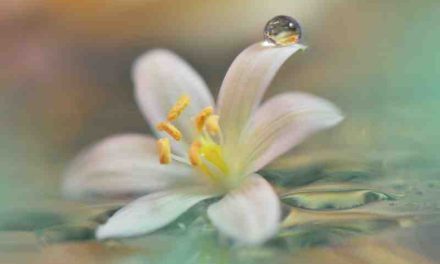The vast treasury of ancient Indian spiritual texts, known as the Upanishads, offers profound insights into the nature of reality, the self, and the path to liberation. Among these sacred texts is the Paingala Upanishad, a lesser-known gem that provides guidance on achieving self-realization and liberation.
The Paingala Upanishad is one of the minor Upanishads, a collection of 108 philosophical and spiritual texts that are part of the Vedic literature. The Paingala Upanishad is attributed to the sage Paingala, and it is believed to have been written around the 6th or 7th century BCE.
The Paingala Upanishad is a relatively short text, but it is rich in wisdom and insights. The central theme of the Upanishad is the nature of reality and the path to liberation. The Upanishad teaches that Brahman, the ultimate reality, is the only true reality. All else is illusion, or maya.
The Upanishad also teaches that the individual soul, or jiva, is identical to Brahman. However, the jiva is trapped in the illusion of maya, and it is therefore unable to realize its true nature. The path to liberation is to break free from the illusion of maya and to realize the identity of the jiva and Brahman.
The Paingala Upanishad offers a number of different methods for breaking free from the illusion of maya and realizing the identity of the jiva and Brahman. One of the most important methods is meditation. The Upanishad teaches that meditation can help to purify the mind and to still the intellect. When the mind is purified and the intellect is stilled, the jiva can begin to see beyond the illusion of maya and to realize its true nature.
Another important method for breaking free from the illusion of maya is pranayama, or breath control. The Upanishad teaches that pranayama can help to balance the mind and body and to promote spiritual growth. When the mind and body are balanced, the jiva is better able to resist the temptations of the material world and to focus on its spiritual development.
The Paingala Upanishad also teaches that karma yoga, or the yoga of action, can be a path to liberation. Karma yoga teaches that we should act selflessly and without attachment to the fruits of our actions. When we act selflessly, we are not bound by the karmic cycle, and we are therefore free to move towards liberation.
The Paingala Upanishad is a valuable guide for anyone who is interested in spiritual growth and liberation. The Upanishad offers a number of different methods for breaking free from the illusion of maya and realizing the identity of the jiva and Brahman.
The Essence of Paingala Upanishad
The Paingala Upanishad is one of the 108 Upanishads and is part of the Krishna Yajur Veda. It takes the form of a dialogue between a young seeker named Paingala and his spiritual teacher, Lord Yama, the god of death. This unique setting sets the stage for profound spiritual teachings that transcend the fear of death and illuminate the path to liberation.
The Quest for Self-Realization
At the heart of Paingala Upanishad is the quest for self-realization. Paingala, the seeker, approaches Lord Yama with a series of questions about the nature of the self, the purpose of life, and the means to overcome the cycle of birth and death. His inquiries reflect the timeless human longing to understand the deeper dimensions of existence and to break free from the limitations of the material world.
The Nature of the Self
One of the central teachings of the Paingala Upanishad is the revelation of the true nature of the self, often referred to as Atman. Lord Yama imparts the wisdom that the self is eternal, beyond the physical body, and untouched by death. It is the unchanging essence within us that transcends time and space. Recognizing this eternal self is the first step on the path to self-realization.
The Illusion of Maya
The Upanishads, including the Paingala Upanishad, emphasize the concept of Maya, which is the illusion that veils our perception of reality. Maya creates the false notion of individuality and separation from the divine. Lord Yama explains that the self, in its essence, is not subject to Maya. Realizing this truth allows one to pierce through the illusion and see the oneness of all existence.
The Practice of Meditation
The Paingala Upanishad extols the practice of meditation as a means to transcend the material world and realize the self. Lord Yama provides instructions on how to meditate, emphasizing the importance of concentration and the need to quiet the mind. Through meditation, the seeker can turn inward and experience the innermost core of their being.
Detachment and Renunciation
Another crucial aspect of the path to liberation, as taught in the Paingala Upanishad, is detachment from worldly desires and possessions. Lord Yama advises Paingala to let go of attachment to the transient and focus on the eternal. This detachment is not about renouncing the world but rather understanding that true fulfillment comes from within and not from external sources.
The Role of Virtue and Dharma
While the Upanishads emphasize the pursuit of knowledge and self-realization, they do not disregard the importance of virtuous living and following one’s dharma (duty). Lord Yama encourages Paingala to lead a virtuous life and fulfill his responsibilities with devotion and sincerity. Virtue and dharma provide the foundation for a harmonious existence and are in alignment with the path to liberation.
The Fear of Death
Throughout the Paingala Upanishad, there is a recurring theme of overcoming the fear of death. Lord Yama, the god of death himself, reassures Paingala that those who realize their true nature as the eternal self need not fear death. Death is seen as a transition, a shedding of the physical body, rather than an end. This profound understanding of death liberates the seeker from the grip of mortality.
Conclusion
The Paingala Upanishad offers a timeless guide to liberation and self-realization. It teaches us that the path to freedom from suffering and the cycle of birth and death lies within us. By recognizing the eternal nature of the self, practicing meditation, cultivating detachment, and living virtuously, we can journey toward self-realization and ultimate liberation.
The teachings of the Paingala Upanishad remind us that spirituality is not confined to rituals or dogmas but is a profound inner journey of self-discovery. In the words of Lord Yama to Paingala, “That which is the subtlest of the subtle, that which is the best of the best, that which is the highest of the highest, that which is the Self, that am I, O Paingala.” Through the wisdom of this Upanishad, we are guided toward realizing our own divine essence and achieving liberation from the cycle of birth and death.





